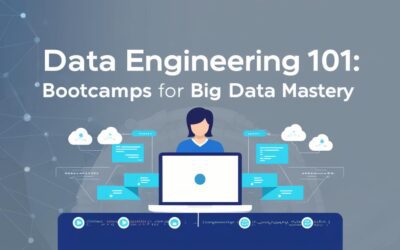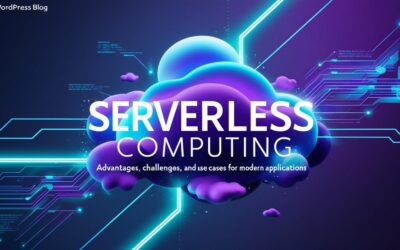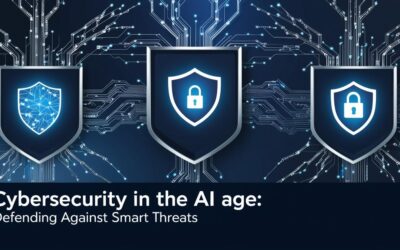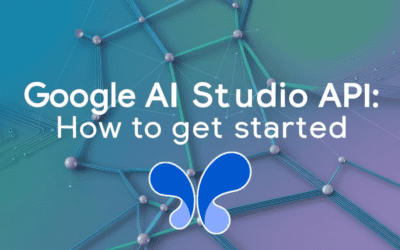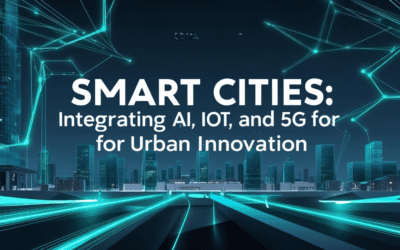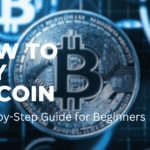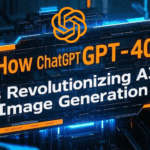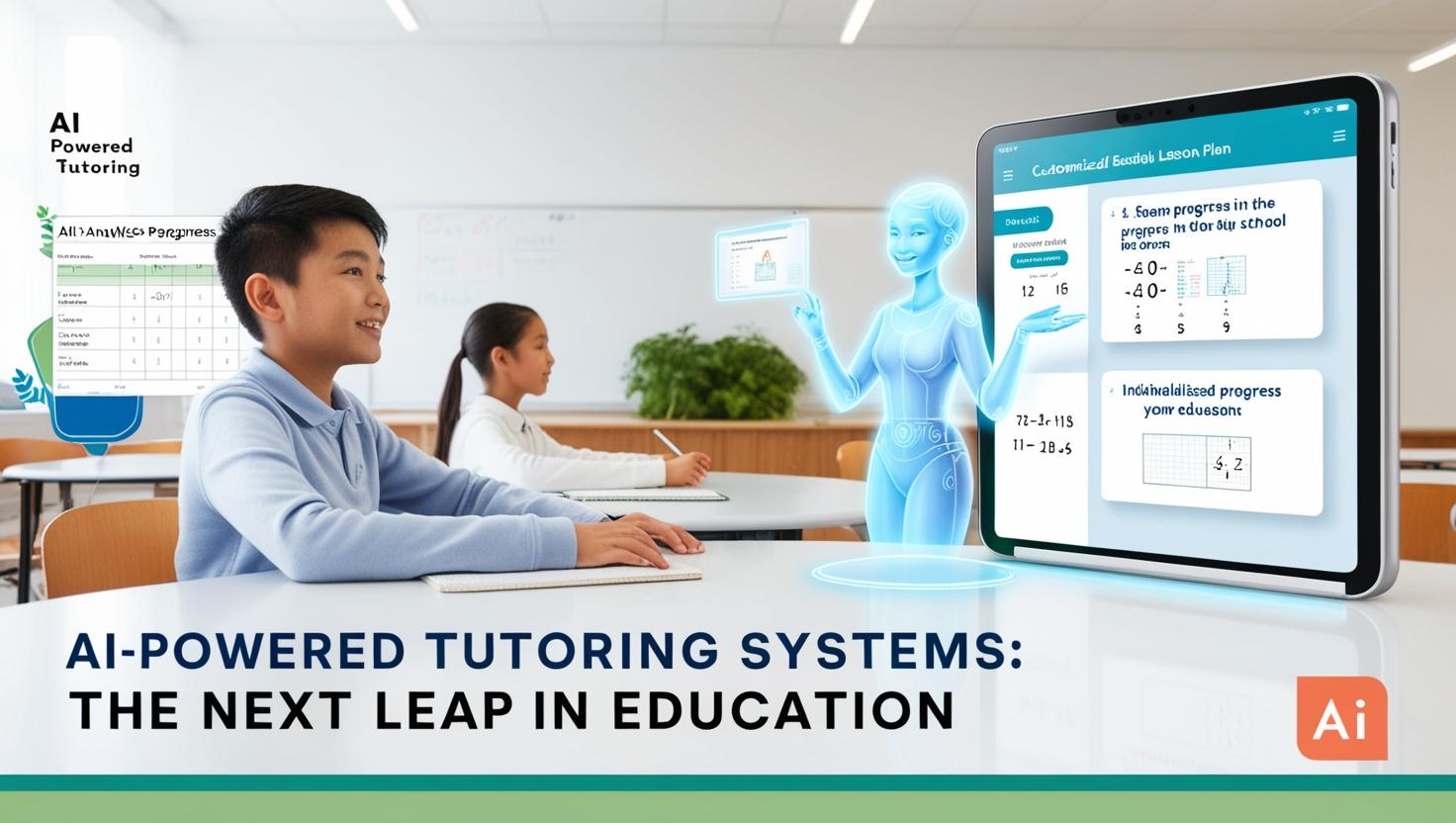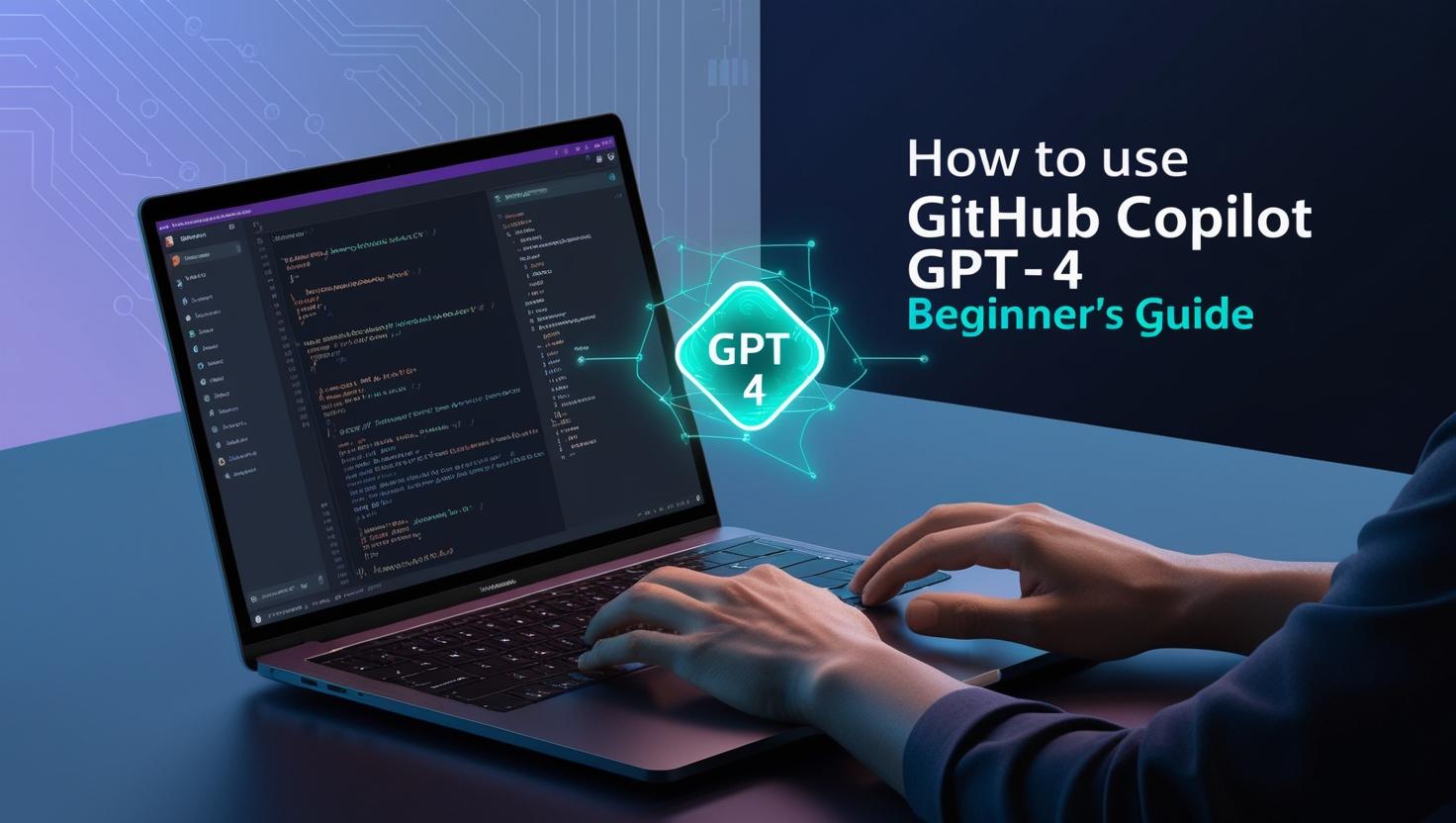The global education sector is undergoing a seismic shift, driven by advancements in artificial intelligence. By 2027, the AI in education market is projected to reach $20 billion, with AI-powered tutoring systems leading the charge. These platforms are transforming traditional classrooms by delivering personalized, scalable, and inclusive learning experiences. But how exactly do they work, and what skills are required to harness their potential? Let’s dive in.
How AI-Powered Tutoring Systems Personalize Learning
Adaptive Learning Paths
Unlike one-size-fits-all curricula, AI-powered tutoring systems analyze student performance in real time to adjust content difficulty and pacing. For example, platforms like Khan Academy use machine learning to identify knowledge gaps and recommend targeted exercises. A 2021 study by Squirrel AI revealed that students using adaptive platforms improved test scores by 26.7% compared to traditional methods.
Real-Time Feedback and Assessment
AI tutors provide instant feedback on assignments, reducing the lag time between learning and evaluation. Tools like Carnegie Learning’s Mika simulate human tutoring by offering step-by-step guidance on math problems, fostering independent problem-solving skills.
Accessibility for Diverse Learners
From speech-to-text features for dyslexic students to multilingual support for non-native speakers, AI-powered systems democratize education. Microsoft’s Immersive Reader, integrated into many platforms, has helped over 23 million users improve reading comprehension through AI-driven text customization.
Developing AI-Powered Tutoring Systems: Key Skills
Machine Learning and Data Analytics
Developers need expertise in Python, TensorFlow, and PyTorch to build algorithms that process vast educational datasets. Understanding predictive analytics is crucial for creating systems that anticipate student needs.
Natural Language Processing (NLP)
NLP skills enable AI tutors to interpret and respond to student queries conversationally. Duolingo’s AI chatbots, for instance, simulate real-life language practice through NLP-driven interactions.
Ethical Considerations in AI Development
Bias mitigation and data privacy are non-negotiable. Developers must adhere to regulations like GDPR and COPPA while ensuring algorithms avoid reinforcing stereotypes. A 2023 MIT study found that diverse training data reduced algorithmic bias by 40%.
Teaching with AI-Powered Tutoring Systems: Educator Skills
Digital Literacy and Adaptability
Educators must navigate AI tools seamlessly. Platforms like TeachFX analyze classroom interactions, but teachers need training to interpret insights effectively.
Emotional Intelligence and Mentorship
While AI handles repetitive tasks, teachers excel in fostering creativity and empathy. Georgia State University’s Pounce chatbot reduced summer melt by 22%, but human advisors were critical for addressing complex student anxieties.
Collaboration Between Teachers and AI
Blending AI insights with pedagogical expertise maximizes outcomes. For example, teachers using Century Tech reported saving 6 hours weekly on grading, allowing more time for mentorship.
Challenges and Ethical Considerations
Data Privacy and Security
Schools must implement encryption and anonymization protocols to protect student data. Transparency in data usage builds trust with stakeholders.
Algorithmic Bias
Regular audits of AI systems ensure fairness. UNESCO’s AI in Education guidelines recommend interdisciplinary teams to evaluate ethical risks.
Balancing AI and Human Interaction
Over-reliance on technology risks diluting critical soft skills. Hybrid models, where AI supports (not replaces) teachers, strike the ideal balance.
The Future of AI-Powered Tutoring Systems
Generative AI and Creative Problem-Solving
Tools like ChatGPT-4 enable students to brainstorm ideas for essays or code projects, fostering creativity while teaching responsible AI use.
Integration with AR/VR
Imagine biology students exploring 3D holograms of cells via AI-driven AR apps. Startups like Labster are already pioneering this space.
Global Classrooms and Language Accessibility
Real-time translation features break language barriers, connecting students worldwide. Platforms like Coursera use AI to subtitle courses in 30+ languages.
Conclusion
AI-powered tutoring systems are not a futuristic fantasy—they’re here, reshaping how we learn and teach. For developers, mastering machine learning and ethics is key. For educators, blending AI tools with emotional intelligence unlocks unparalleled student success. As we navigate this transition, collaboration between humans and machines will define the next era of education.
- Schools: Invest in teacher training programs for AI integration.
- Developers: Prioritize inclusivity and transparency in AI design.
- Policymakers: Establish clear guidelines for ethical AI use in education.
By embracing AI-powered tutoring systems responsibly, we can create a world where every learner thrives.

